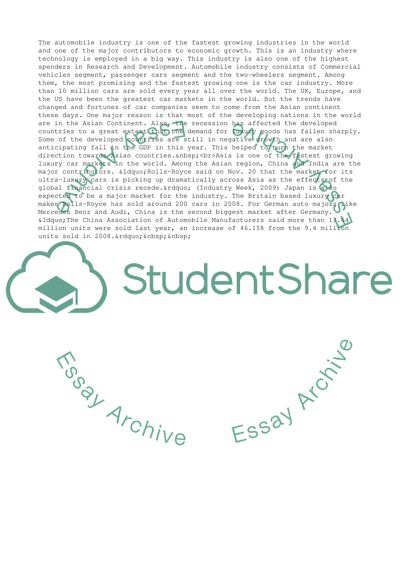Cite this document
(The Future of the Car Industry Research Paper Example | Topics and Well Written Essays - 2750 words, n.d.)
The Future of the Car Industry Research Paper Example | Topics and Well Written Essays - 2750 words. Retrieved from https://studentshare.org/business/1734080-business-in-context
The Future of the Car Industry Research Paper Example | Topics and Well Written Essays - 2750 words. Retrieved from https://studentshare.org/business/1734080-business-in-context
(The Future of the Car Industry Research Paper Example | Topics and Well Written Essays - 2750 Words)
The Future of the Car Industry Research Paper Example | Topics and Well Written Essays - 2750 Words. https://studentshare.org/business/1734080-business-in-context.
The Future of the Car Industry Research Paper Example | Topics and Well Written Essays - 2750 Words. https://studentshare.org/business/1734080-business-in-context.
“The Future of the Car Industry Research Paper Example | Topics and Well Written Essays - 2750 Words”, n.d. https://studentshare.org/business/1734080-business-in-context.


